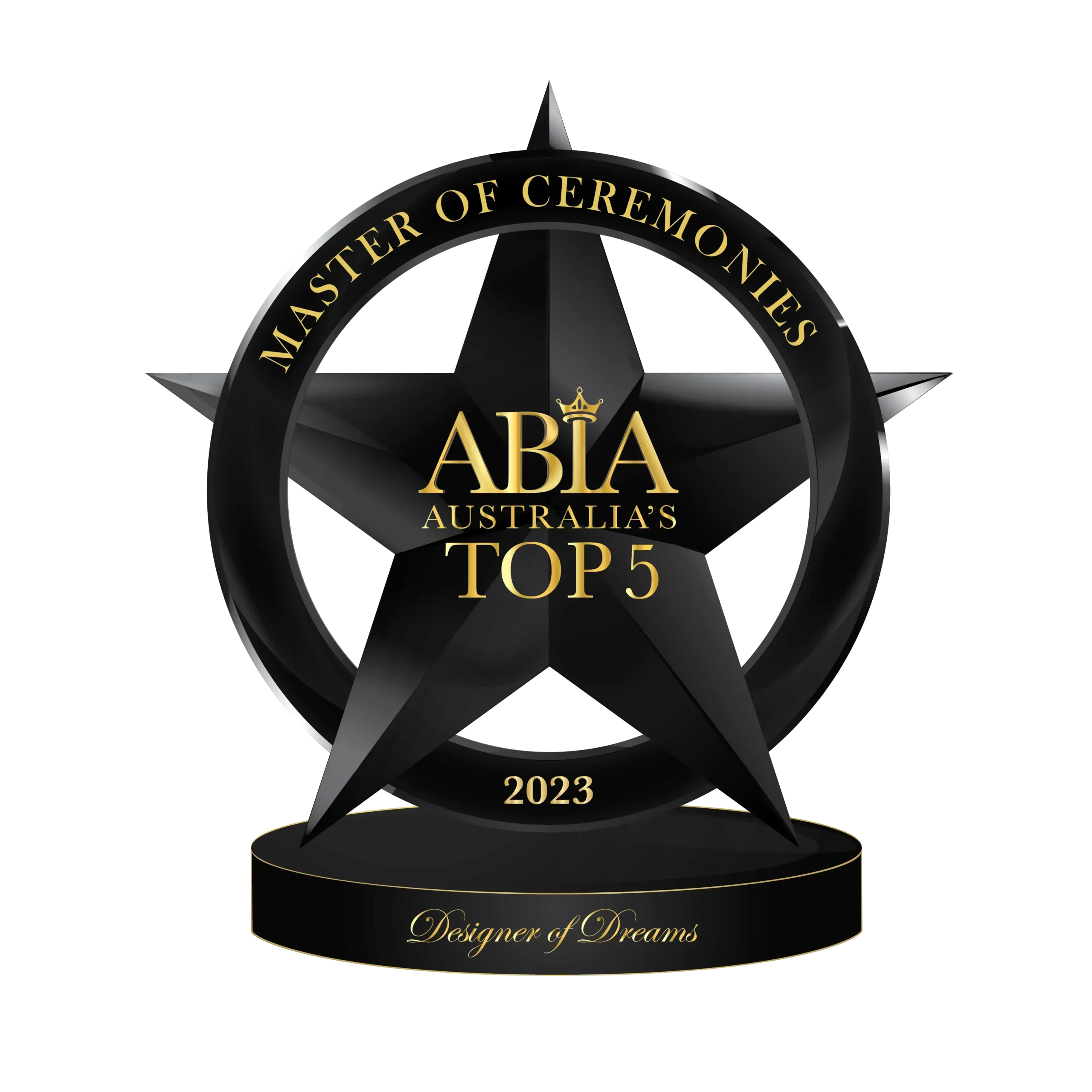Your Step-by-Step Guide to Getting Hitched in Australia: Navigating Legality with a Splash of Good Vibes
As you set sail on the adventure towards your big day, let’s navigate through the essential stuff to ensure your wedding is not only legal but legendarily yours.
Step 1: Popping the Paperwork – Notice of Intended Marriage (NOIM)
Kickstart your matrimonial journey by filing the Notice of Intended Marriage (NOIM) with your chosen celebrant. This form must be lodged at least one month before the wedding and no later than 18 months in advance. Consider this your wedding’s “Save the Date”—but for the government. Imagine you’re a secret agent and this form is your License to Marry. You’ll need your ID’s, passports or birth certificates – the official stuff that proves you are who you say you are. Kind of like showing your ID to get into an exclusive club – the marriage club!
Clearing the Path – Past Marriages
If this isn’t your first rodeo (i.e., you or your partner have been married before), you’ll need to declare your previous marriages and demonstrate they’ve legally ended—via divorce decree absolute or death certificate, as appropriate. It’s a bit like clearing your browser history; you need to make sure everything’s reset before starting anew. This ensures that there’s no legal residue that might complicate your fresh commitment.
Step 2: Customize Your ‘I Dos’
Now, let’s jazz things up! Your celebrant will help tailor your ceremony to mirror your personality. A typical ceremony lasts about 20-25 minutes. This is your chance to make it memorable—whether that means having your dog as the ring bearer, releasing doves or a hive of bees. Anything that screams ‘you’. Providing it’s safe and legal. You probably should pass on the bee’s idea.


Step 3: Vows and Reflections
Here’s where you make it heartfelt or humorous (or both!). Your celebrant can guide you in crafting vows that are uniquely yours, resonating deeply with what makes your partnership tick. Plus, they might toss in a checklist of thoughtful questions to ponder, helping you dig deep into why your partner is the cheese to your macaroni.
Step 4: On the day, one last stop before Showtime – Signing the Declaration of No Legal Impediment to Marriage
Before we kick on at your ceremony, it’s crucial to ensure that the legal pathway is clear. Signing this declaration is a mandatory checkpoint, confirming that:
Previous Marriages: You or your partner aren’t legally married to someone else without a finalised divorce.
Family Relationships: This marriage is not between your close relative, which Australian law prohibits.
Age Requirements: You are 18 or older.
Consent: You declare your partner or anyone else is pushing this marriage involuntarily or with coercion.
It might sound a bit duh duh, but this ensures everyone involved, including the officiating celebrant and the law, can confidently proceed with the ceremony, knowing it’s all systems go for your new life together.
Step 5: The Main Event – Ceremony and Certificates
During the latter part of your ceremony, you’ll encounter two significant pieces of paper:
Commemorative Certificate of Marriage: This fancy document is essentially the Instagram-worthy version of your marriage certificate. It’s what you, your witnesses and your celebrant sign during the ceremony and is perfect for framing. You keep this at the end of the ceremony.
Official Certificate of Marriage: This is the no-nonsense sibling of the commemorative certificate. It’s the one that’ll require your signature, your witnesses and your celebrant. The celebrant will submit it to the registry office. This document makes your union official in the eyes of the law, not just your guests.
Witness This – Choosing Your I Do Crew: You’ll need two witnesses to make sure your vows aren’t just shouted into the void. These witnesses must be over 18, understand English and be in a state that can vouch for the integrity of your marriage ceremony. They’re your legal backup dancers, attesting that, yes, this fabulous event did indeed occur, and they were there when you sealed the deal.
Step 6: Sending it Off – Lodging Your Marriage
Post-wedding, your celebrant will play digital postman and upload the Official Certificate of Marriage to the registry office. They have two weeks to do this, ensuring that your marriage is recorded quicker than your aunt smashing a plate of wedding cake.
Step 7: Mailbox Magic – Receiving Your Formal Marriage Certificate
Once the registry office processes your marriage, they’ll send you the Formal Marriage Certificate. This document is crucial for any legal undertakings as a married couple, such as changing your name or proving your marriage for those sweet, sweet tax benefits.

Ready to tie the knot? With these organised steps, you’re all set for a legally sound and personally significant wedding day in Australia. Now, go on and plan the celebration that will have your guests talking for years!










